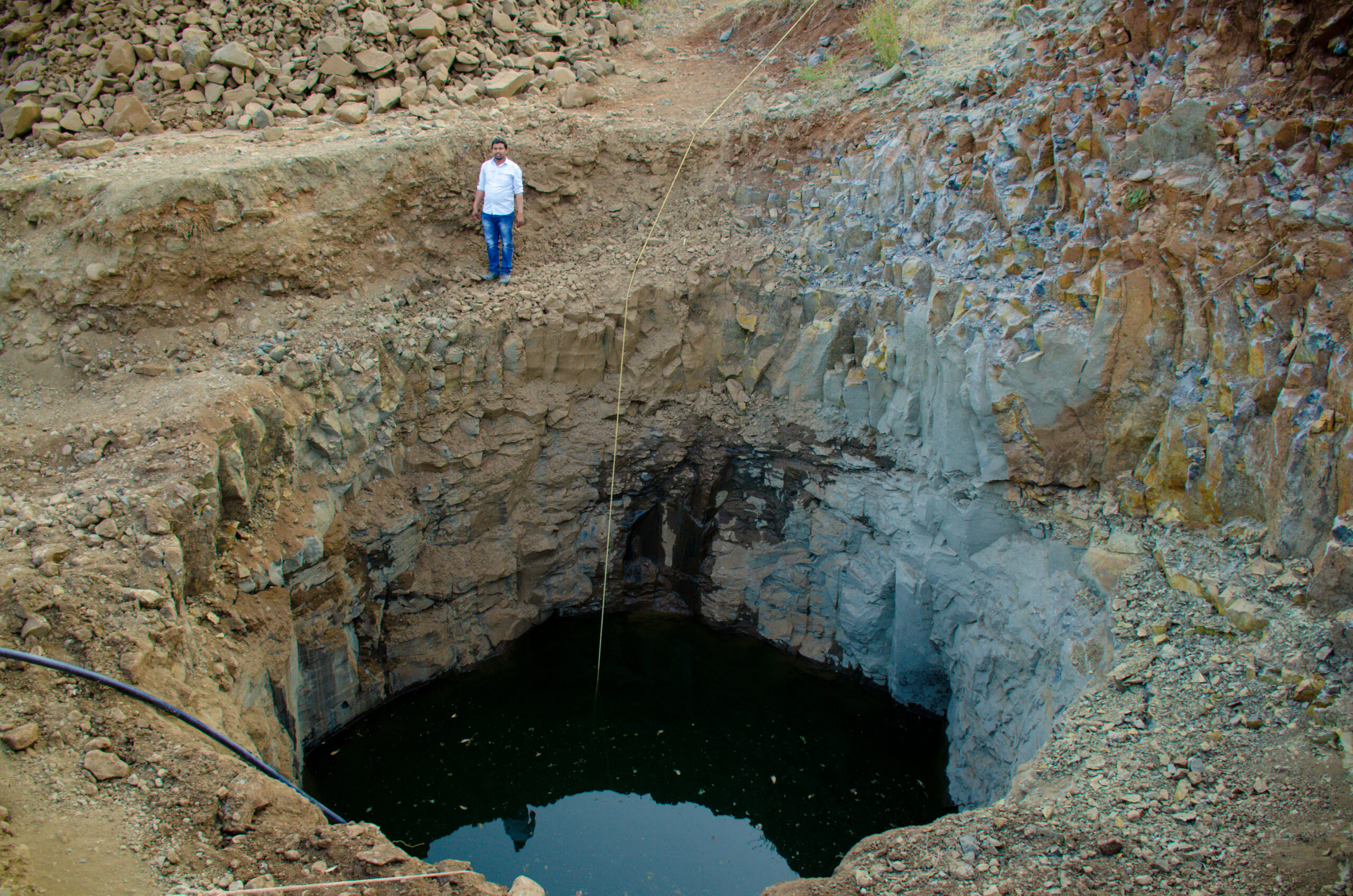
Strengthening water resources by improving governance of Panchayat level statutory bodies through active participation of youth.
Reviving Local Water Sources:
The project to revive local water sources with the help of village youth, providing them with training and integrating with government schemes is being conducted through the India Water Partnership’s cooperation and guidance. This project is underway in 11 villages of Kej Taluka. These villages are located along the Bobati River. Here is some information about the river:
- River Name: Bobati River
- River Source: Vida Pimpalgaon / Sangvi
- Total Villages along the River: 16 villages
- Number of Small Dams on the River: 23 dams
- Total Length of the River: 25 km
- River End Point: It merges into the Manjra River near Hadgaon
- Names of Villages along the River:
- Sangvi
- Varapgaon
- Kelgaon
- Doka
- Belgaon
- Hadgaon
- Arangaon
- Lakh
- Kalegaon
- Massajog
- Uttreshwar Pimpri
- Jadhav Javla
- Kaparewadi
- Shirpura
- Kevad
- Total Families Dependent on the River: 5000 families
- Total Dams on the River: 13 K.T. Wire and 25 Cement Nala Band
- Planned KT wire: 16 Dams
- Planned Cement Nala Band on River and Canals: 40 Qty
- Planned Area for Tree Plantation: 25 acres
- This River leads to Ahmadnagar-Ahmadpur Highway via Sangvi. Additionally, this river has two famous places of worship: the Mahadev Temple in Pimpri and the Shiv Ramapuri Math in Varapgaon.
- Although there are 11 villages on this river, an estimated 30-40 smaller villages also benefit from this river. These villages are situated within 1-2 km distance from the riverbanks.
- The river’s length varies between 1-2 km in each village.
- The current river ends 25 km away in Manjra Khurd. Near this location, there is a 20 km backwater of the Manjra River.
- Project Objective: To unite the youth of the villages and strengthen the water sources in the villages.
- Project Measures:
- Capacity building of village youth groups.
- Implementation of government schemes.
- Organizing taluka-level workshops.

Safe and Clean Drinking Water Project
Project Overview
- Duration: September 2023 – July 2026
- Location: Three hamlets across 2 revenue villages in Kaij and Dharur blocks, Beed district
- Target Population: 1,044 people from 250 households (NT/DNT, OBC, ST, and SC communities)
- Budget: Rs. 78,01,060 (APPI funded)
Project Context
The Beed district in Maharashtra’s Marathwada region faces severe water security challenges:
- Located in a semi-arid zone with frequent droughts
- Only 7% of land effectively irrigated despite claims of 14% coverage
- Over-exploitation of groundwater through bore wells
- Critical drinking water shortages, especially in Balaghat hilly areas
- Existing infrastructure either insufficient or non-functional
Community Challenges
- Communities must walk kilometers to fetch drinking water
- Forced migration for 6+ months annually due to water scarcity
- Limited local employment opportunities
- Poor irrigation facilities and unproductive lands
- Lack of awareness about government schemes like Jal Jeevan Mission
Target Areas
Our intervention focuses on three strategically selected hamlets where:
- 95% population comprises marginalized communities (Vanjari, Vanjara, OBCs, SC)
- Water resources typically dry up after October
- Communities face water crisis for over 6 months annually
- Current government scheme implementation may take 2+ years
Project Objective
To establish sustainable end-to-end drinking water solutions, from source development to filtered distribution points, ensuring year-round water security for marginalized communities in these remote hamlets.

